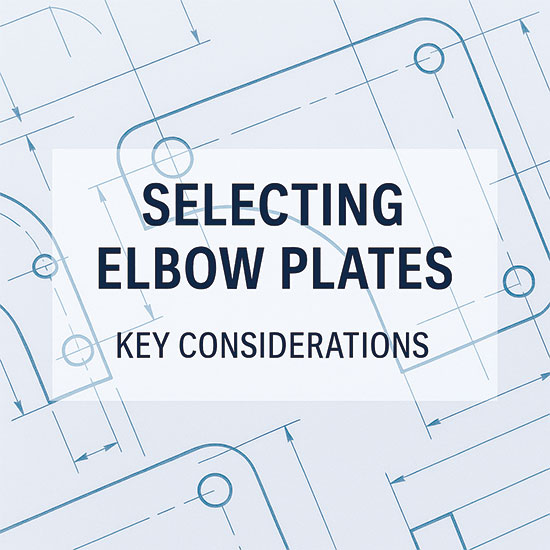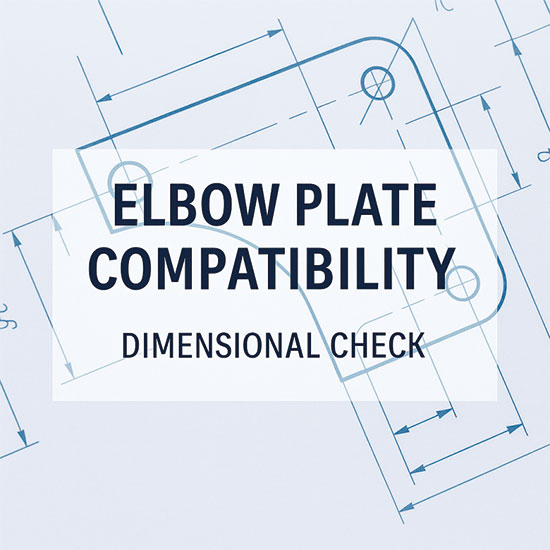
When purchasing elbow plates for electrical switchgear or medium-voltage assemblies, one issue causes more procurement headaches than any other: size and structural mismatch.
A misaligned elbow plate — even by a few millimeters — can delay installation, compromise insulation performance, or require costly on-site rework. That’s why dimensional compatibility should be your first checkpoint in the procurement process.

Most elbow plates serve as critical connectors between insulating components and conductive parts in a compact electrical layout. If the dimensions are off, the risks include:
·Misfit with cable terminations or bushings
·Mechanical stress on mounting points
·Gaps that compromise insulation distance (creepage/clearance)
·Complicated return or replacement processes
To avoid mistakes, procurement specialists should prepare and verify the following before placing an order:
1.Exact thickness and arc angle of the elbow plate
2.Position and diameter of bolt holes
3.Mounting alignment with adjacent equipment (contact box, sensor, etc.)
4.Technical drawing compatibility (2D/3D models if available)
5.Material shrinkage factor, especially with molded epoxy parts
→Tip: If the supplier offers technical drawing confirmation or sample pre-approval, make use of it — this step alone prevents over 70% of mismatch issues.
In some cases, suppliers only offer standard models. But for complex switchgear layouts or non-standard enclosures, custom elbow plate fabrication is often the best route.
Look for manufacturers who can:
·Adjust bolt hole spacing and angle quickly
·Offer samples based on your design
·Provide tight tolerance control (±0.2 mm) in critical dimensions
Errors in elbow plate sizing affect more than just installation speed — they ripple into:
·Delays in site commissioning
·Compromised electrical performance
·Higher replacement and logistics costs
Being detail-oriented in this early step protects the entire project schedule.